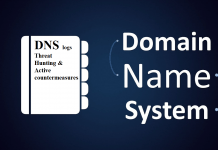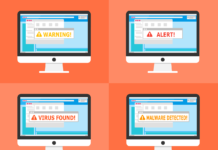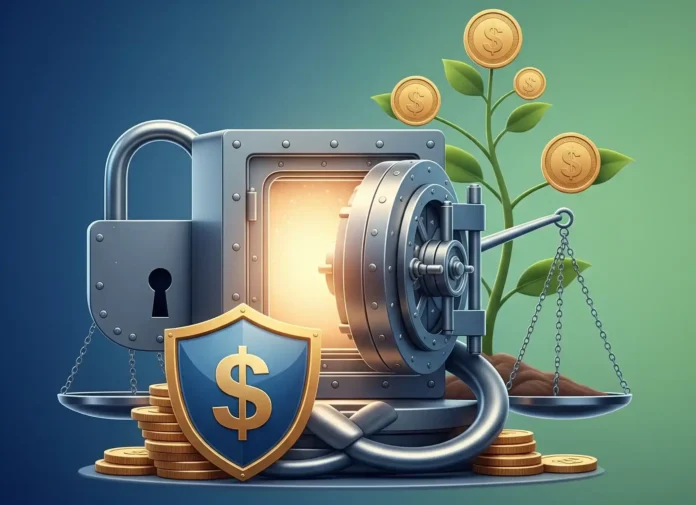Life has a way of throwing surprises at us. An unexpected medical bill, a car repair, or even a sudden job loss can create stress that ripples through every part of life. That is where a financial safety net comes in—it is your cushion against the unexpected. Having one means you can handle emergencies without derailing your long-term goals or relying on high-interest credit cards. For people who did not have a safety net in place, some end up leaning on solutions like debt consolidation in New York to manage the fallout from financial stress. The truth is, preparing in advance is far less painful than trying to rebuild after a crisis.
Start with an Emergency Fund
The foundation of any financial safety net is an emergency fund. This is money set aside for sudden expenses that you cannot plan for. A good starting point is to aim for at least three months of essential expenses, and over time, build it to six months or more. The key is to keep this money accessible but separate from your day-to-day checking account. A high-yield savings account can be a good option since it earns interest while staying easy to reach when you need it.
Protecting Your Income with Insurance
While savings are essential, insurance plays an equally important role in a financial safety net. Health insurance helps protect you from overwhelming medical costs, while disability insurance can step in if you are unable to work due to illness or injury. Life insurance ensures your family is cared for if something happens to you. These policies may feel like an added expense, but in reality, they are a safeguard that prevents a single event from wiping out years of financial progress.
Managing Debt as Part of Stability
Debt can weaken your financial safety net if it is not managed carefully. High-interest loans and credit card balances add pressure and limit your ability to save. Making a plan to pay down debt steadily strengthens your foundation. In some cases, consolidating multiple debts into one manageable payment can provide relief and help you focus on rebuilding your financial health. Stability comes not just from saving but also from reducing the weight of obligations that hold you back.
Creating Multiple Streams of Income
A financial safety net is not just about cutting expenses—it is also about ensuring you have money coming in. Relying on one paycheck can leave you vulnerable if that income is disrupted. Exploring side hustles, freelance work, or investments that provide passive income can add another layer of security. Even a small extra income source can make a difference when unexpected costs appear. The goal is not just to survive financially but to create options and flexibility for yourself.
Planning for the Long Term
A strong safety net covers more than short-term emergencies. Retirement accounts, such as 401(k)s or IRAs, act as long-term protections against running out of money later in life. Contributing consistently, even in small amounts, helps build financial resilience over decades. Planning for big life events, like buying a home or funding education, also creates stability because you are not scrambling for money when the time comes.
Building Habits That Strengthen Security
At the heart of a financial safety net are the habits that support it. Automating savings, regularly reviewing your budget, and setting clear goals create consistency. These habits mean you do not need to rely on willpower alone—your systems do the heavy lifting. Over time, these small steps build into a strong financial structure that feels natural and manageable.
Staying Flexible as Life Changes
Your safety net is not something you build once and forget about. As your life evolves—whether through a new job, a growing family, or a major move—your financial needs shift. Revisiting your safety net regularly ensures it always matches your current situation. Flexibility is what makes your safety net effective, no matter what stage of life you are in.
Final Thoughts
A financial safety net is not about expecting the worst—it is about being prepared so surprises do not turn into crises. By building an emergency fund, protecting your income with insurance, managing debt wisely, creating income streams, and planning for the future, you create a cushion that provides both stability and peace of mind. Habits and flexibility keep it strong over time. With a well-built safety net, you can face life’s challenges with confidence, knowing that your finances are secure no matter what comes your way.



































